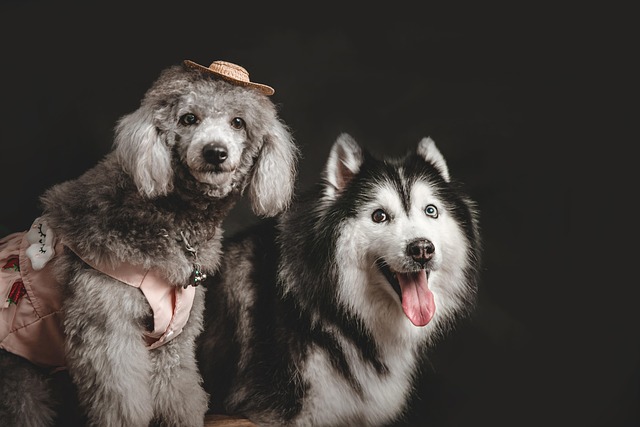
What is the best type of training for a dog?
There’s no one-size-fits-all answer to what makes the best dog training, but most experts agree that methods built on positive reinforcement tend to yield the most lasting results.
That frantic whirlwind of barking, zoomies, and maybe even piddling when the doorbell rings? If your dog turns into a furry tornado at the sight of guests, you're not alone. While their joy is genuine, uncontrolled excitement can be overwhelming for everyone – startling visitors, potentially knocking over your Aunt Marge’s famous casserole, and stressing your pup out more than they realize. The key isn't to squash their happiness, but to channel it into calmer, safer greetings using methods that build trust and respect. Forget old-school scolding or alpha rolls; modern positive reinforcement dog training is the gold standard in the US and UK, proven to create lasting behavioral change without fear. It’s about rewarding the calm moments, not punishing the exuberance.
So why does Fido lose his cool? Canine excitement often stems from pent-up energy, lack of clear expectations, or simply finding guest arrivals incredibly rewarding (attention! novelty!). Their arousal level skyrockets past their ability to think clearly – this is their "threshold." Understanding this helps us manage the environment and teach alternative behaviors. Start long before guests arrive. Ensure your dog gets adequate physical exercise and mental stimulation daily – a tired dog is generally a calmer dog, especially crucial in apartments where space is limited. Practice a solid "Go to Your Place" command (like a mat or crate) using high-value treats (think small bits of real chicken or cheese). Reward heavily for lying down quietly there. This becomes their safe calm greeting protocol spot when things get exciting.

When guests are imminent, manage the scene. Consider putting Fido on a leash initially, or using a baby gate to create space. Crucially, brief your guests before they enter! Ask them to completely ignore your dog – no eye contact, no talking, no touching – until Fido is calm and ideally settled on his mat. This removes the massive reward he craves for jumping or barking. Have your guest toss treats onto his mat the moment he shows even a second of stillness, rewarding the behavior you want. Start practicing with low-key visitors first, like a neighbor popping in briefly. Gradually increase the challenge as Fido learns that calmness, not chaos, earns him the good stuff – attention and treats.
Living harmoniously with your dog in the US involves responsible ownership beyond training. Keep vaccinations, particularly rabies, up-to-date; it’s not only vital for health but legally required for licensing in most municipalities. Always carry biodegradable poop bags during walks – promptly cleaning up in shared spaces like your apartment complex courtyard or the local park is mandatory under local ordinances and basic community courtesy. Leash laws are strictly enforced in most public areas; keeping Fido leashed during walks prevents him from practicing excited lunging at passersby and ensures safety while you work on his overexcitement management. Patience and consistency are your superpowers. Celebrate those small victories: a moment of quiet focus amidst the excitement means progress towards peaceful, tail-wagging (but calm!) greetings.

There’s no one-size-fits-all answer to what makes the best dog training, but most experts agree that methods built on positive reinforcement tend to yield the most lasting results.
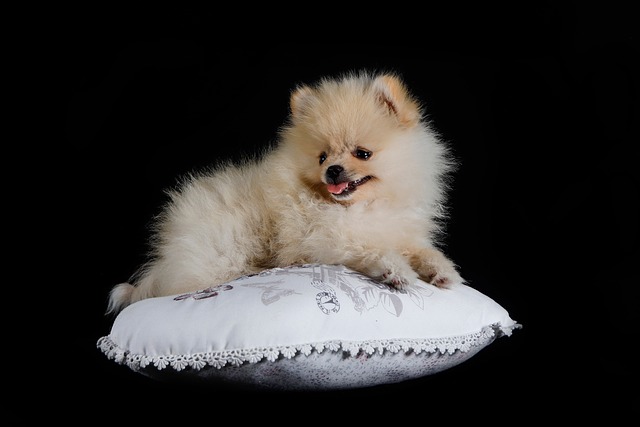
Welcoming an 8-week-old puppy into your home is a joy filled with wiggly tails and endless curiosity. One of the first steps in building a strong bond is teaching them their name.

If you’ve ever sat up at night, listening to your gray-muzzled dog pace back and forth, stopping to whine or stare at a wall, you know the worry that comes with a restless senior pup.
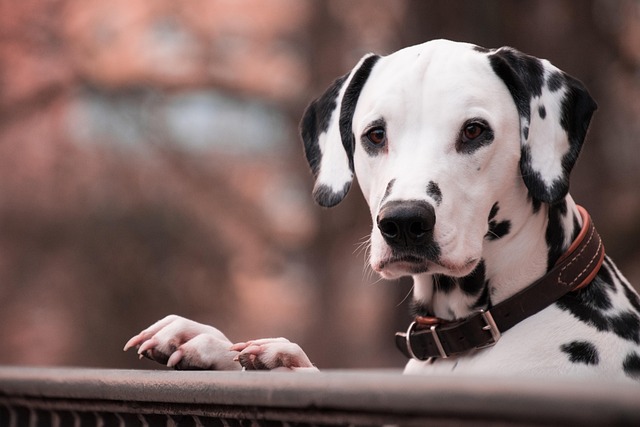
Training a service dog starts long before they’re ready to assist with specific tasks—their journey begins with building a foundation of trust, focus, and adaptability, and the timing of this training matters more than you might think.
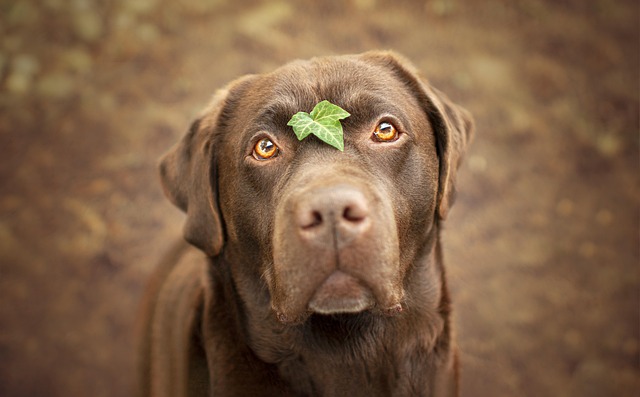
Watching a tiny puppy fumble through their first attempts to sit can feel like watching a little acrobat mastering a new trick.
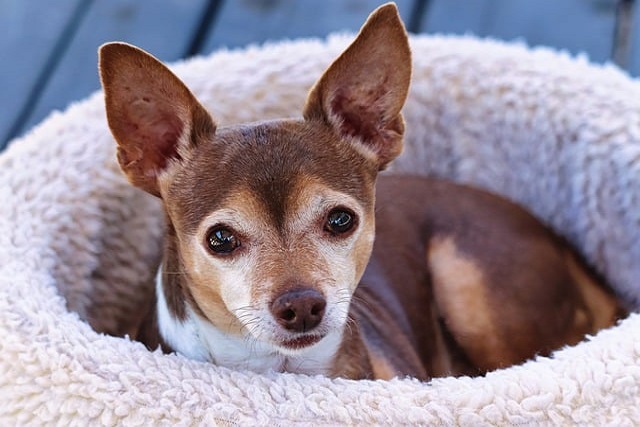
If you’ve ever found your flower bed dug up or your favorite shrub chewed to bits, you’ve probably searched for easy ways to keep neighborhood dogs (or even your own) out of your yard.